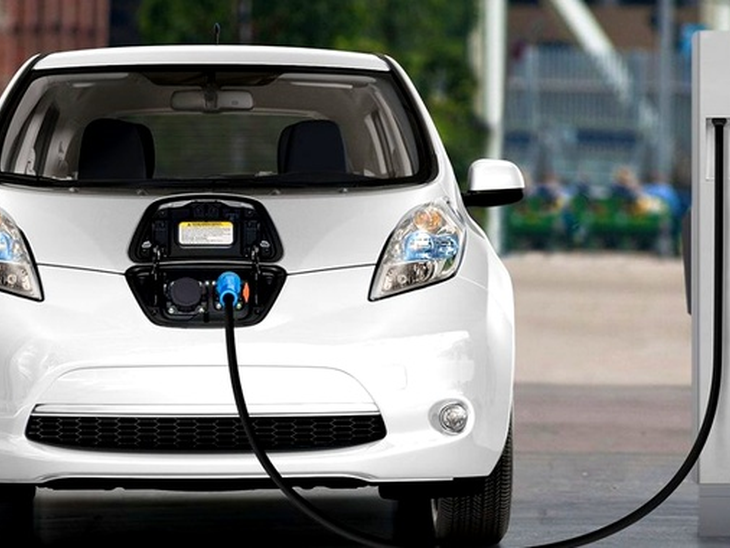Researchers investigate solution for energy storage for electric vehicles and homes
T&B Petroleum/Press Office Fapesp
28/05/2020 17:41

Batteries and supercapacitors are complementary energy storage technologies. Batteries are more appropriate when considering the total amount of energy stored, and supercapacitors, when what matters is the power, that is, how much energy charge or discharge can occur per unit of time.
Considering this complementarity, the Advanced Energy Storage Division of the Center for Innovation New Energies (CINE) - an Engineering Research Center (CPE) made up of FAPESP and Shell, headquartered at the State University of Campinas (Unicamp) -, has been working on both fronts, seeking to improve technologies: from supercapacitors that store more energy to batteries that recharge faster and have a longer life
Two articles recently published by the group illustrate this reality: Radially ordered carbon nanotubes performance for Li-O2 batteries: pre-treatment influence on capacity and discharge products and Niobium pentoxide nanoparticles @ multi-walled carbon nanotubes and activated carbon composite material as electrodes for electrochemical capacitors .
“In the first article, we showed that surface functionalization is essential to improve battery characteristics. We report a new electrode for a lithium-oxygen battery (Li-O2) based on multi-walled carbon nanotubes, functionalized by pretreatments, which led to more effective active sites. ”, Says Gustavo Doubek to Agência FAPESP
Doubek is one of the associate researchers in CINE's Advanced Energy Storage Division. Best known by the acronym AES, formed by the initials of the English language Advanced Energy Storage, the division is led by Rubens Maciel Filho, a professor at Unicamp and one of the coordinators of the FAPESP Bioenergy Research Program (BIOEN).
In the first article, the researchers showed that it is possible to make use of the high surface area of carbon nanotubes, with excellent electrochemical stability, for O2 adsorption and formation of LiO and LiO2, fundamental agents for charge storage in Li-O2 batteries.
"The second article deals with 'pseudocapacitors', which are capacitors that use advantages of fararic processes such as batteries," says Hudson Zanin, a researcher at AES. It is worth remembering that fararic processes are those that involve the direct transfer of electrons, through reaction of oxidation in one of the electrodes and reduction reaction in the other.
“The idea was to combine electrodes with a very high surface area of activated carbon for electrostatic storage with niobium pentoxide, which can both oxidize and reduce”, informs Zanin.
“In addition to quality, we are producing in quantity, addressing various issues that need to be addressed for the development of technologies in batteries and supercapacitors. We are 40 active researchers, producing an average of one article per month. We are making a concentrated effort to improve the interface between academia and the productive sector, so that all the knowledge generated is used by the national industry ”, he adds.
With this objective in mind, to improve the academy-industry interface, AES is inaugurating the first pilot unit for the production of supercapacitors in Latin America, in which supercapacitors will be produced initially and, subsequently, lithium-ion, lithium-sulfur batteries and sodium-ion.
“All cells are made first on a small scale, in pellets the size of a real coin. Through them, we analyze the changes that occur in the electrode and electrolyte as you charge and discharge. These initial tests make it possible for us to understand the storage processes, make improvements and correct any flaws ”, details Zanin.
He continues: “After consolidating the best configurations, we expanded the cells to rectangular pouch devices, of five centimeters by seven centimeters, similar to cell phones. The idea is to develop systems that can be applied to electric vehicles, associating several of these cells ”.
The article Radially ordered carbon nanotubes performance for Li-O2 batteries: pre-treatment influence on capacity and discharge products can be accessed at https://www.sciencedirect.com/science/article/abs/pii/S0920586119305279. And the article Niobium pentoxide nanoparticles @ multi-walled carbon nanotubes and activated carbon composite material as electrodes for electrochemical capacitors is available at https://www.sciencedirect.com/science/article/abs/pii/S2405829719309201




